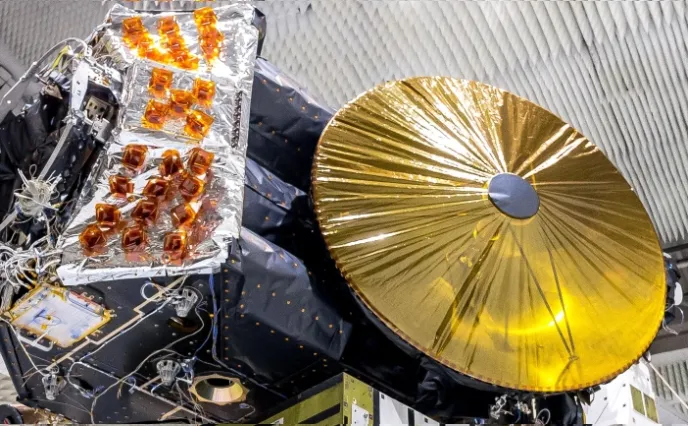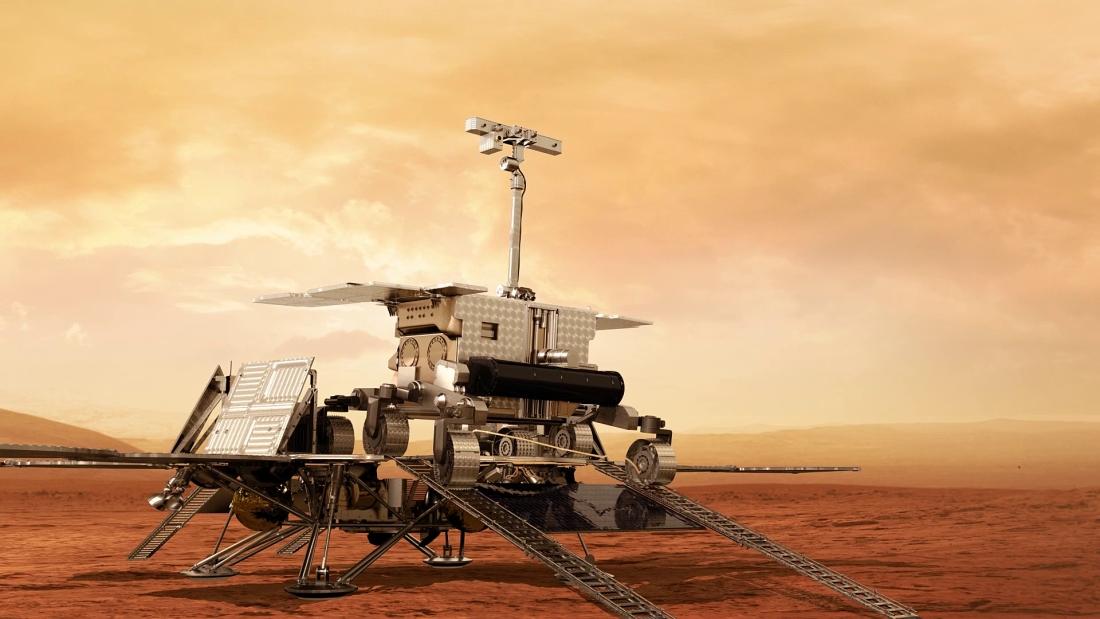AEROBRAKING EASES TGO INTO FINAL MARTIAN ORBIT


Space Q&A: The TGO has the very delicate task of detecting minute traces of gas in the Martian atmosphere, especially methane, which could indicate the presence of life. How is it doing?
M. Montagna: The spacecraft is in good shape, fully operational and ready to start this challenging phase. In preparation for the aerobraking phase, the TGO conducted a series of maneuvers to shift its angle of travel with respect to the planet's equator to almost 74°. This inclination will provide ideal coverage of the surface for the instruments, while still offering good visibility for relaying data from current and future landers – including the ExoMars rover scheduled for launch in 2020.
Space Q&A: How do you manage such a delicate procedure from Earth? And what is your exact role at ESOC?

M. Montagna: ESOC is in charge of spacecraft operations, with the flight control team coordinating flight dynamics, ground stations and other functions. As prime contractor, Thales Alenia Space represents the manufacturers, and checks that these operations are carried out according to its original indications, and that the TGO is performing as expected. We are also on hand to discuss any required changes in operations, or to address any contingencies that occur. Since Thales Alenia Space is the design authority for this spacecraft, we work hand in hand with the flight control team.
Space Q&A: Why is this moment so critical?

M. Montagna: The current operations signal the start of a very critical and complex phase of the mission. We are gradually reducing the spacecraft’s minimum distance from the planet, from 208 kilometers originally to about 115 kilometers in April 2018. Just imagine: for each orbit some 150 commands have to be computed and uploaded well in advance to account for the communications delay (signals between the ground and the spacecraft take more than 15 minutes each way). We are now carrying out what we call “soft passes” to check that everything works as expected and that the actual performance as measured is in line with our mathematical models. So when the spacecraft reaches its minimum altitude (between 110 and 115 kilometers), we know that everything will work as expected, and at that point the orbital period is naturally reduced as quickly as possible. Even though this is a complex approach, it’s the only way to place the TGO in the best orbit for scientific observation and to act as a communications relay for the ExoMars 2020 mission.

Our purpose is to make sure that the ExoMars TGO will complete this aerobraking phase fit as a fiddle and ready to start the most important part of its mission, namely sniffing the Martian atmosphere for minute levels of gas, taking fantastic 3D pictures and supporting ExoMars 2020!
Photos copyrights:
First 2 artistic views: © ESA/ATG medialab
Last 2 artistic views: © Thales Alenia Space/Master Image Programmes

